Home>Furniture & Design>Interior Design Trends>What Is Glass Blowing
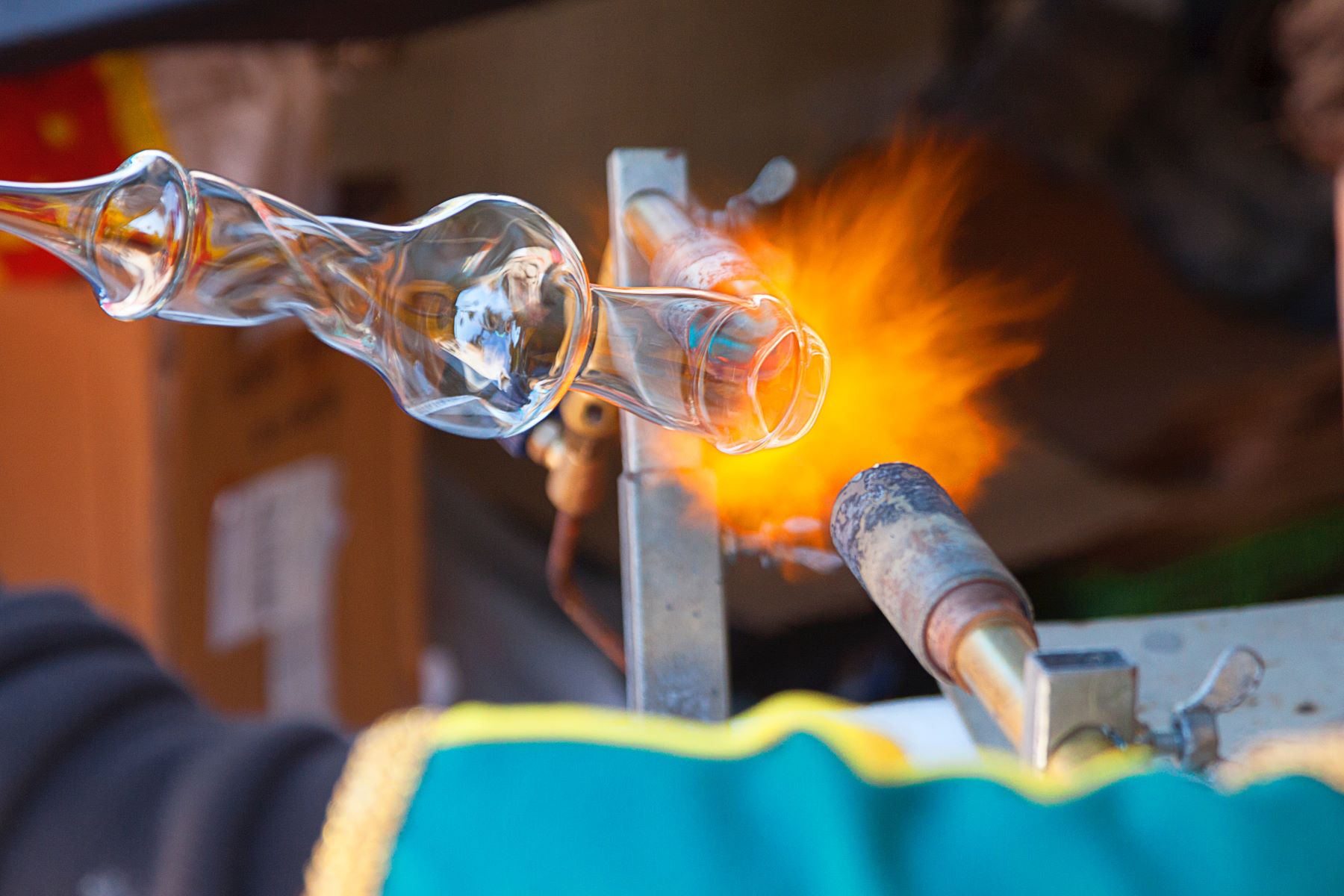

Interior Design Trends
What Is Glass Blowing
Modified: October 19, 2024
Discover the latest interior design trends with our guide to glass blowing. Learn how this ancient art form is influencing modern decor.
(Many of the links in this article redirect to a specific reviewed product. Your purchase of these products through affiliate links helps to generate commission for Storables.com, at no extra cost. Learn more)
Introduction
Glass blowing is an ancient art form that has captivated and inspired people for centuries. It is a mesmerizing craft that involves shaping molten glass into exquisite and intricate designs, creating a wide array of stunning glassware, sculptures, and decorative pieces. The art of glass blowing requires skill, precision, and a deep understanding of the unique properties of glass.
Throughout history, glass blowing has been revered for its ability to transform a simple material into breathtaking works of art. From delicate glass ornaments to elaborate chandeliers, the art of glass blowing has left an indelible mark on the world of design and craftsmanship.
The process of glass blowing is a delicate dance between the artist and the molten glass, requiring a steady hand and a keen eye for detail. Each piece created through this method is a testament to the skill and creativity of the artisan, showcasing the endless possibilities that can be achieved through the manipulation of glass.
As we delve into the world of glass blowing, we will explore its rich history, the intricate process involved, the tools and equipment used, the various types of glass blowing techniques, and the diverse applications of this timeless art form. Join us on a journey through the captivating world of glass blowing, where creativity knows no bounds and the beauty of glass is brought to life in the hands of skilled artisans.
Key Takeaways:
- Glass blowing is an ancient art form that has evolved over centuries, showcasing the transformative power of molten glass into exquisite and intricate designs, from delicate ornaments to architectural marvels.
- The art of glass blowing requires skill, precision, and a deep understanding of the unique properties of glass, offering a diverse range of techniques and applications, from functional glassware to contemporary art installations.
Read more: Who Invented Glass Blowing
History of Glass Blowing
The history of glass blowing dates back to the 1st century BCE, with its origins rooted in the ancient Roman Empire. This innovative technique revolutionized the way glass was crafted, allowing artisans to create intricate vessels, ornaments, and decorative items with unprecedented precision and artistry.
Prior to the invention of glass blowing, glass was primarily formed by casting, grinding, and carving, resulting in labor-intensive and time-consuming processes. However, the discovery of glass blowing techniques marked a significant advancement in the art of glassmaking, leading to the production of a wide range of functional and ornamental glass objects.
The emergence of glass blowing is attributed to the development of the blowpipe, a hollow tube that enabled artisans to inflate and shape molten glass with remarkable dexterity. This breakthrough innovation transformed the glass industry, paving the way for the creation of delicate glassware, intricate sculptures, and architectural marvels.
Over time, the art of glass blowing spread across the Mediterranean region, flourishing in areas such as Syria, Egypt, and the Roman provinces. Skilled artisans honed their craft, pushing the boundaries of glass blowing to new heights and elevating it to a revered art form.
During the Middle Ages, the techniques of glass blowing continued to evolve, with the establishment of specialized glassmaking centers in Venice, Italy. Venetian glassblowers became renowned for their mastery of the craft, producing exquisite glass creations that were highly sought after across Europe and beyond.
The Renaissance period witnessed further advancements in glass blowing, as artists and craftsmen explored innovative designs and decorative techniques, showcasing the versatility and beauty of glass as a medium for artistic expression.
In more recent centuries, the industrial revolution and technological advancements have revolutionized the production of glassware, leading to mass manufacturing and the widespread availability of glass products. However, the art of traditional glass blowing has endured, with contemporary artisans preserving and revitalizing ancient techniques while infusing them with modern creativity and innovation.
Today, the legacy of glass blowing lives on, with artists and studios around the world continuing to push the boundaries of the craft, creating breathtaking works that honor the rich history and enduring allure of this timeless art form.
The Glass Blowing Process
The glass blowing process is a mesmerizing and intricate art form that requires skill, precision, and a deep understanding of the unique properties of glass. It begins with the gathering of molten glass from a furnace using a blowpipe, a hollow tube that allows the artisan to manipulate the molten material. The glassblower carefully shapes the molten glass by rolling it on a steel table known as a marver, creating a smooth and uniform surface.
Once the initial shaping is complete, the artisan uses various tools, such as wooden blocks and wet newspaper pads, to further shape and mold the glass, giving it the desired form and dimensions. The blowpipe is then used to blow air into the molten glass, creating a bubble that serves as the foundation for the final piece.
As the glass takes on its basic form, the artisan continues to manipulate it, using gravity and centrifugal force to elongate and shape the molten material. This delicate dance between the artisan and the glass requires a steady hand and a keen eye for detail, as even the slightest movement can alter the final outcome.
Once the desired shape is achieved, the glass is carefully annealed, or slowly cooled, in a temperature-controlled kiln to relieve internal stresses and strengthen the finished piece. This crucial step ensures that the glass retains its structural integrity and durability.
Throughout the entire process, the glassblower's expertise and creativity come together to transform molten glass into exquisite works of art. Each piece created through this method is a testament to the skill and ingenuity of the artisan, showcasing the endless possibilities that can be achieved through the manipulation of glass.
The glass blowing process is a captivating blend of tradition, innovation, and artistry, where the beauty of glass is brought to life in the hands of skilled artisans. It is a timeless craft that continues to inspire and enchant, offering a glimpse into the remarkable fusion of creativity and craftsmanship that defines the world of glass blowing.
Tools and Equipment
The art of glass blowing requires a diverse array of specialized tools and equipment, each meticulously designed to facilitate the intricate manipulation of molten glass. These essential instruments enable artisans to shape, mold, and create stunning glass pieces with precision and artistry.
One of the primary tools used in glass blowing is the blowpipe, a hollow tube typically made of stainless steel or iron. This essential instrument allows the glassblower to gather molten glass from the furnace and manipulate it with remarkable dexterity. The blowpipe serves as the foundation for shaping the molten glass, enabling the artisan to create a variety of forms and designs.
Another indispensable tool in the glass blowing process is the marver, a flat, steel table used to shape and cool the molten glass. By rolling the gathered glass on the marver, the artisan can achieve a smooth and uniform surface, laying the groundwork for further manipulation and refinement.
Wooden blocks, often made of cherry or fruitwood, play a crucial role in shaping the molten glass. These specialized blocks are used to mold the glass, providing the artisan with the ability to create curves, angles, and intricate details in the final piece. Additionally, wet newspaper pads are employed to shape and cool the glass, offering a versatile and malleable surface for refining the form of the molten material.
The jacks, a pair of metal tongs with curved blades, are essential for creating and shaping the necks of glass vessels. These versatile tools allow the artisan to achieve precise control over the diameter and thickness of the glass, contributing to the overall aesthetic and functionality of the finished piece.
Furthermore, the punt, or punty, is a solid metal rod used to hold and support the base of the glass piece during the final stages of shaping and finishing. This critical tool provides stability and balance, allowing the artisan to work on the upper portion of the glass without compromising the integrity of the piece.
In addition to these fundamental tools, glass blowers utilize a range of specialized equipment, including furnaces, kilns, annealing ovens, and a variety of hand tools designed for cutting, engraving, and detailing glass creations. Each of these instruments plays a vital role in the glass blowing process, contributing to the seamless execution of intricate designs and the production of exquisite glass art.
The tools and equipment used in glass blowing represent a harmonious blend of tradition and innovation, embodying the skill, precision, and artistry that define this timeless craft. As artisans continue to push the boundaries of glass blowing, these essential instruments remain integral to the creation of captivating and enduring works of art.
When blowing glass, it’s important to keep the glass heated evenly to prevent cracking. Rotate the pipe constantly to distribute the heat.
Types of Glass Blowing
Glass blowing encompasses a diverse range of techniques and styles, each offering unique possibilities for creating stunning glass art. From traditional methods that have stood the test of time to innovative approaches that push the boundaries of the craft, the world of glass blowing is rich with variety and creativity. Here are some of the most prominent types of glass blowing:
-
Free-Blown Glass: This classic technique involves the artisan gathering molten glass on the end of a blowpipe and shaping it entirely by hand. The glass is manipulated using gravity, centrifugal force, and various tools to create organic, free-form designs. Free-blown glass allows for a high degree of spontaneity and artistic expression, resulting in one-of-a-kind pieces with fluid and dynamic shapes.
-
Mold-Blown Glass: In mold-blown glass, the artisan gathers molten glass and carefully blows it into a pre-made mold. The mold imparts specific patterns, textures, or shapes to the glass, allowing for the creation of consistent and repeatable designs. This technique is often used to produce glass vessels, ornaments, and decorative objects with intricate details and uniformity.
-
Cased Glass: Cased glass involves layering different colors of molten glass to create striking visual effects. The artisan encases a layer of colored glass within clear glass, allowing for the manipulation of the colored layer to reveal intricate patterns and designs. This technique offers endless possibilities for creating vibrant and multi-dimensional glass pieces with captivating depth and luminosity.
-
Lampworking: Also known as flameworking, lampworking involves the use of a torch to melt and shape rods and tubes of glass. This technique allows for intricate detail work and precise control over the glass, making it well-suited for creating small-scale sculptures, beads, and delicate ornaments. Lampworking offers a level of intricacy and precision that is distinct from traditional furnace-based glass blowing methods.
-
Hot-Sculpted Glass: Hot sculpting involves manipulating molten glass directly from the furnace to create three-dimensional sculptures and intricate forms. The artisan uses heat-resistant tools to shape and sculpt the glass while it remains in a malleable, molten state. This technique allows for the creation of expressive and dynamic glass sculptures that capture the fluidity and energy of the material.
-
Cold-Working: Unlike traditional glass blowing methods that rely on manipulating molten glass, cold-working involves shaping and finishing glass that has already been cooled to room temperature. This technique encompasses processes such as cutting, grinding, engraving, and polishing glass to achieve precise shapes, textures, and surface finishes. Cold-working allows for intricate detailing and refinement of glass creations after they have been formed using hot glass techniques.
Each type of glass blowing offers its own set of challenges, techniques, and artistic possibilities, contributing to the rich tapestry of glass artistry. Whether it's the free-flowing forms of free-blown glass, the precision of lampworking, or the sculptural dynamism of hot-sculpted glass, the diverse types of glass blowing techniques continue to inspire and captivate artisans and enthusiasts alike.
Read more: What Is Blow-In Insulation
Applications of Glass Blowing
The art of glass blowing finds a myriad of applications across various industries and artistic endeavors, showcasing the versatility and beauty of this timeless craft. From functional glassware to ornamental sculptures, the creations born from the hands of skilled glassblowers enrich our lives in countless ways.
One of the most prominent applications of glass blowing is in the creation of exquisite glass vessels and tableware. From delicate wine glasses and tumblers to intricately designed vases and bowls, glass blowing allows artisans to produce functional yet visually stunning pieces that elevate the dining and entertaining experience. The artistry and craftsmanship inherent in hand-blown glassware add a touch of elegance and sophistication to any table setting, making each piece a work of art in its own right.
In the realm of interior design and decor, glass blowing plays a pivotal role in the production of decorative glass art. Ornamental sculptures, chandeliers, and lighting fixtures crafted through glass blowing techniques serve as captivating focal points in homes, hotels, and public spaces. The interplay of light and glass creates a mesmerizing visual impact, infusing spaces with a sense of luxury, refinement, and artistic expression.
Furthermore, the art of glass blowing extends its influence to the realm of contemporary art and sculpture. Renowned artists and glassblowers push the boundaries of the craft, creating avant-garde installations, abstract sculptures, and conceptual artworks that challenge perceptions and ignite the imagination. The fluidity and translucency of glass lend themselves to a wide range of artistic explorations, allowing for the expression of emotion, narrative, and conceptual themes through the medium of glass.
Beyond traditional applications, glass blowing has also found its place in the creation of custom architectural elements and public art installations. From intricate glass mosaics and panels to large-scale sculptural works adorning urban landscapes, the art of glass blowing adds a touch of creativity and vibrancy to architectural spaces, enriching the built environment with its luminous and dynamic presence.
Moreover, the world of fashion and jewelry embraces the art of glass blowing through the creation of exquisite glass beads, pendants, and adornments. Lampworking, a technique closely related to glass blowing, allows artisans to craft intricate and colorful glass components that are incorporated into unique jewelry designs, adding a touch of artistry and individuality to wearable art.
In essence, the applications of glass blowing are as diverse as the creative visions of artisans and designers. From functional elegance to artistic innovation, the art of glass blowing continues to leave an indelible mark across a wide spectrum of industries and creative disciplines, enriching our lives with its timeless beauty and enduring craftsmanship.
Conclusion
In conclusion, the art of glass blowing stands as a testament to the enduring allure of craftsmanship, creativity, and artistic expression. From its ancient origins to its modern-day applications, glass blowing has woven a rich tapestry of tradition, innovation, and beauty that continues to captivate and inspire.
The history of glass blowing is a testament to human ingenuity and the relentless pursuit of artistic excellence. From its humble beginnings in the ancient Roman Empire to the flourishing glassmaking centers of Venice and beyond, the evolution of glass blowing reflects the resilience and creativity of artisans throughout the ages. The techniques and traditions passed down through generations have laid the foundation for a timeless art form that transcends cultural boundaries and resonates with people around the world.
The intricate process of glass blowing, with its delicate dance between the artisan and the molten glass, embodies the harmonious blend of skill, precision, and creativity. Each piece created through this method is a work of art in its own right, showcasing the transformative power of glass as a medium for expression and beauty. The tools and equipment used in glass blowing, from the blowpipe to the marver, represent a seamless fusion of tradition and innovation, enabling artisans to bring their visions to life with unparalleled artistry.
The diverse types of glass blowing techniques, from free-blown glass to lampworking, offer a boundless realm of artistic possibilities, each contributing to the rich and vibrant tapestry of glass artistry. The applications of glass blowing, spanning from functional glassware to contemporary art installations, underscore the versatility and relevance of this timeless craft in today's world.
As we reflect on the enduring legacy of glass blowing, it is evident that this ancient art form continues to inspire and enrich our lives in profound ways. Whether adorning our tables with elegant glassware, illuminating our spaces with captivating sculptures, or pushing the boundaries of artistic expression, glass blowing remains a timeless beacon of creativity and craftsmanship.
In the hands of skilled artisans, molten glass transcends its material form, becoming a medium for storytelling, emotion, and beauty. The art of glass blowing is a celebration of human creativity and the enduring legacy of an ancient craft that continues to shape and enrich our world with its timeless allure.
Frequently Asked Questions about What Is Glass Blowing
Was this page helpful?
At Storables.com, we guarantee accurate and reliable information. Our content, validated by Expert Board Contributors, is crafted following stringent Editorial Policies. We're committed to providing you with well-researched, expert-backed insights for all your informational needs.
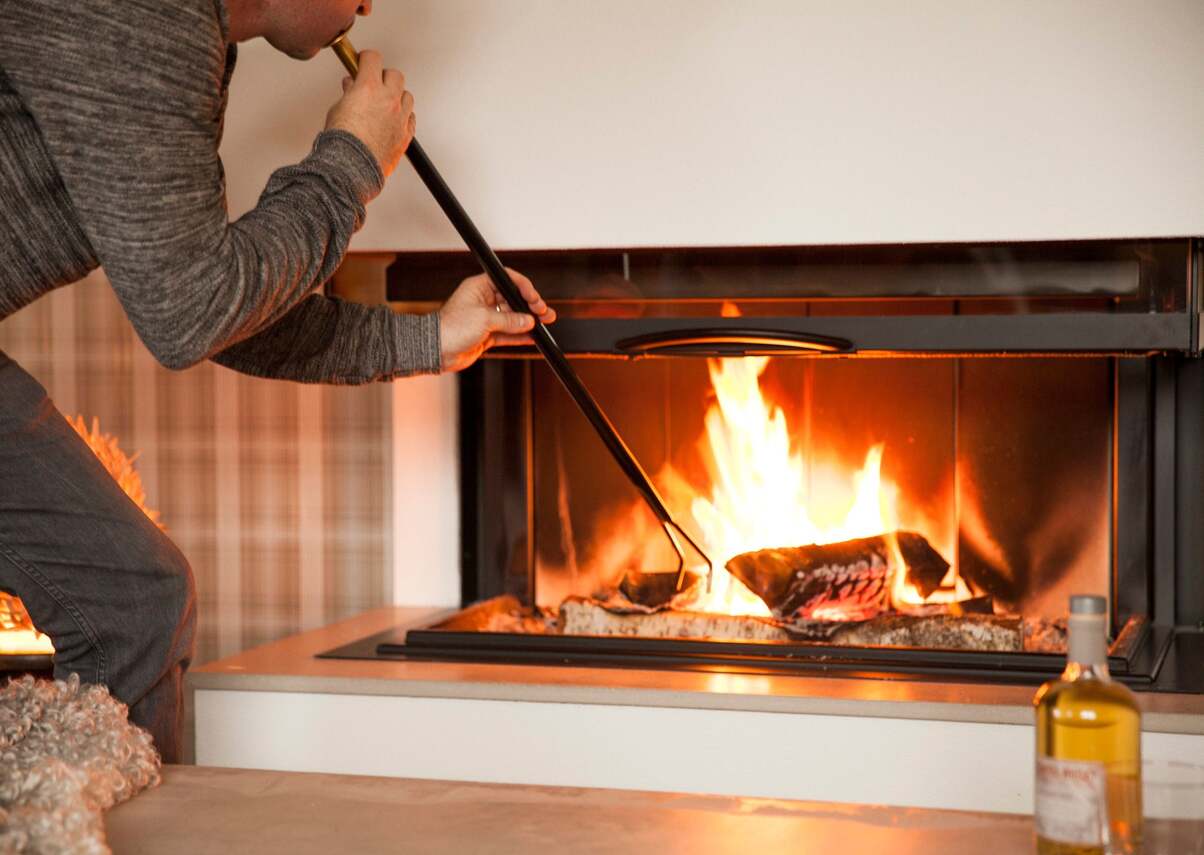
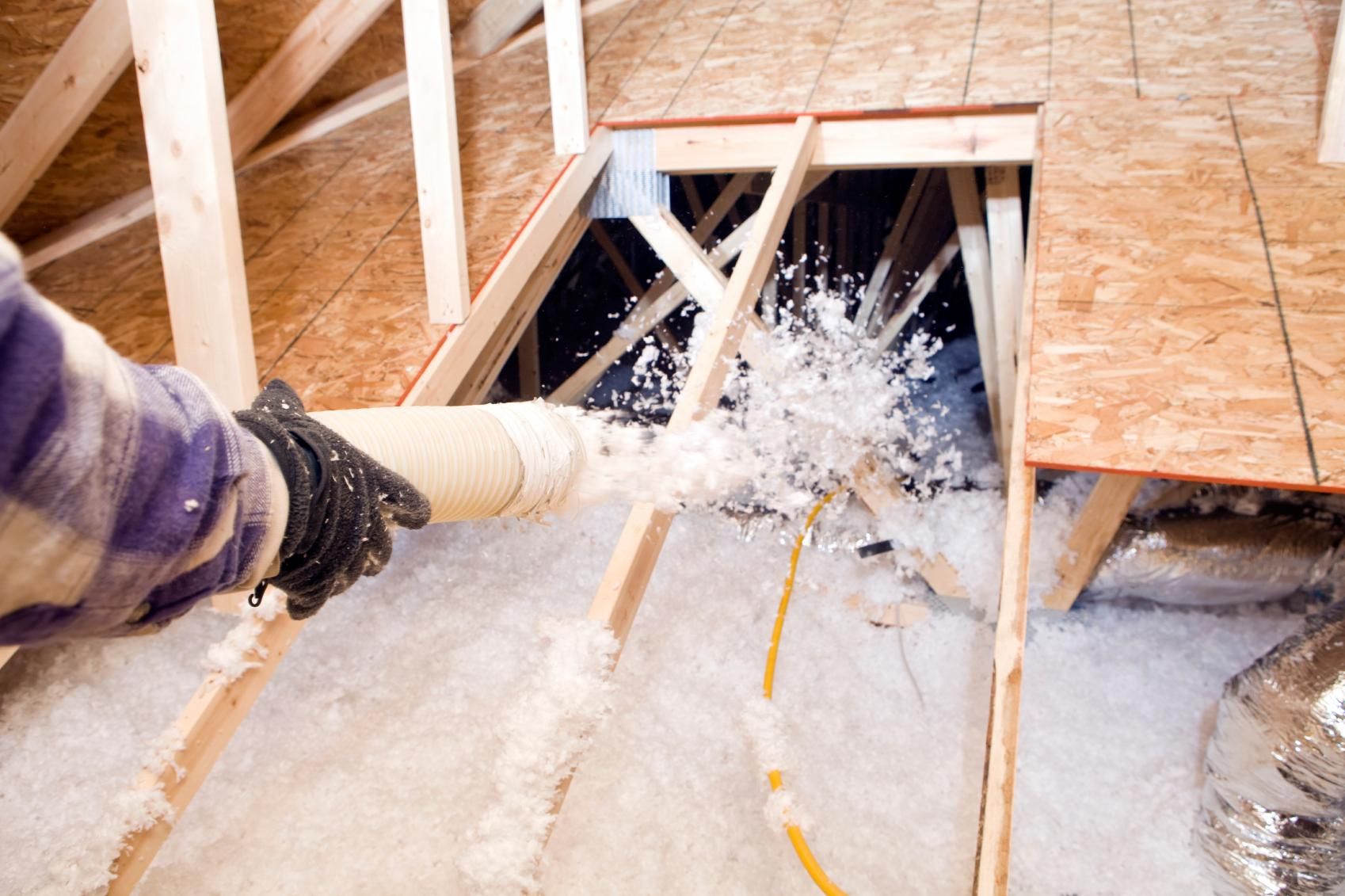





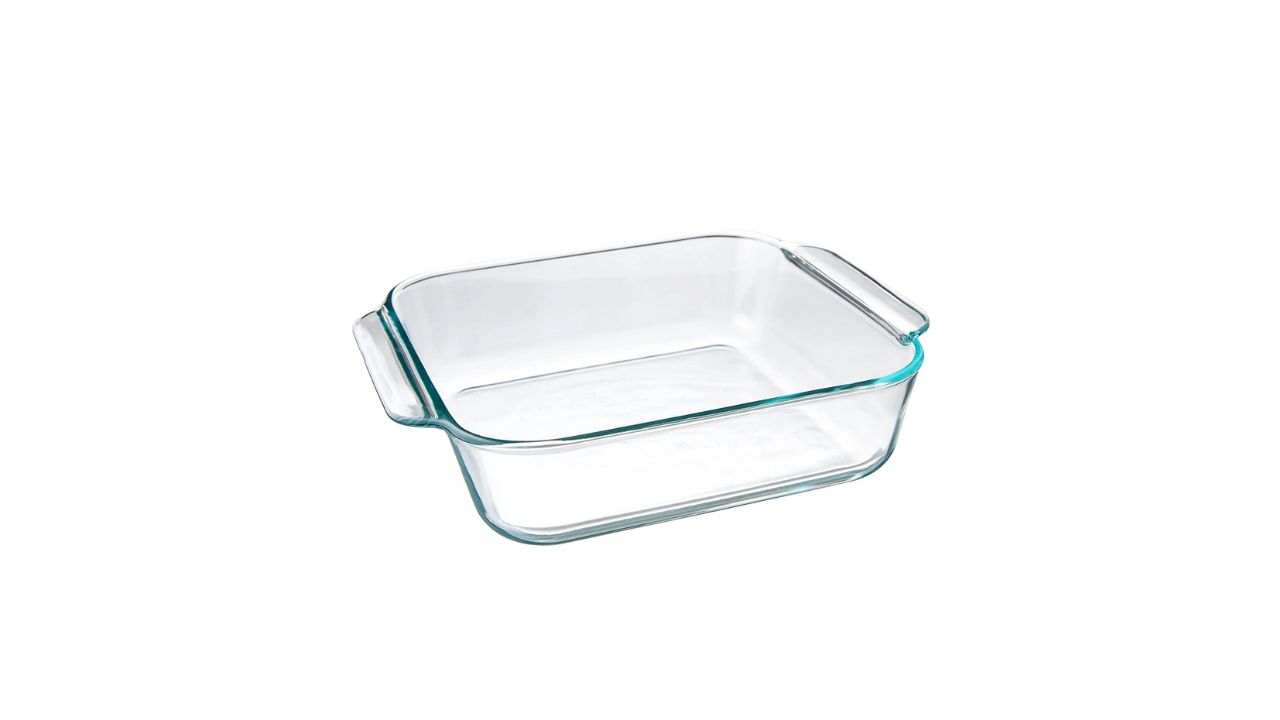
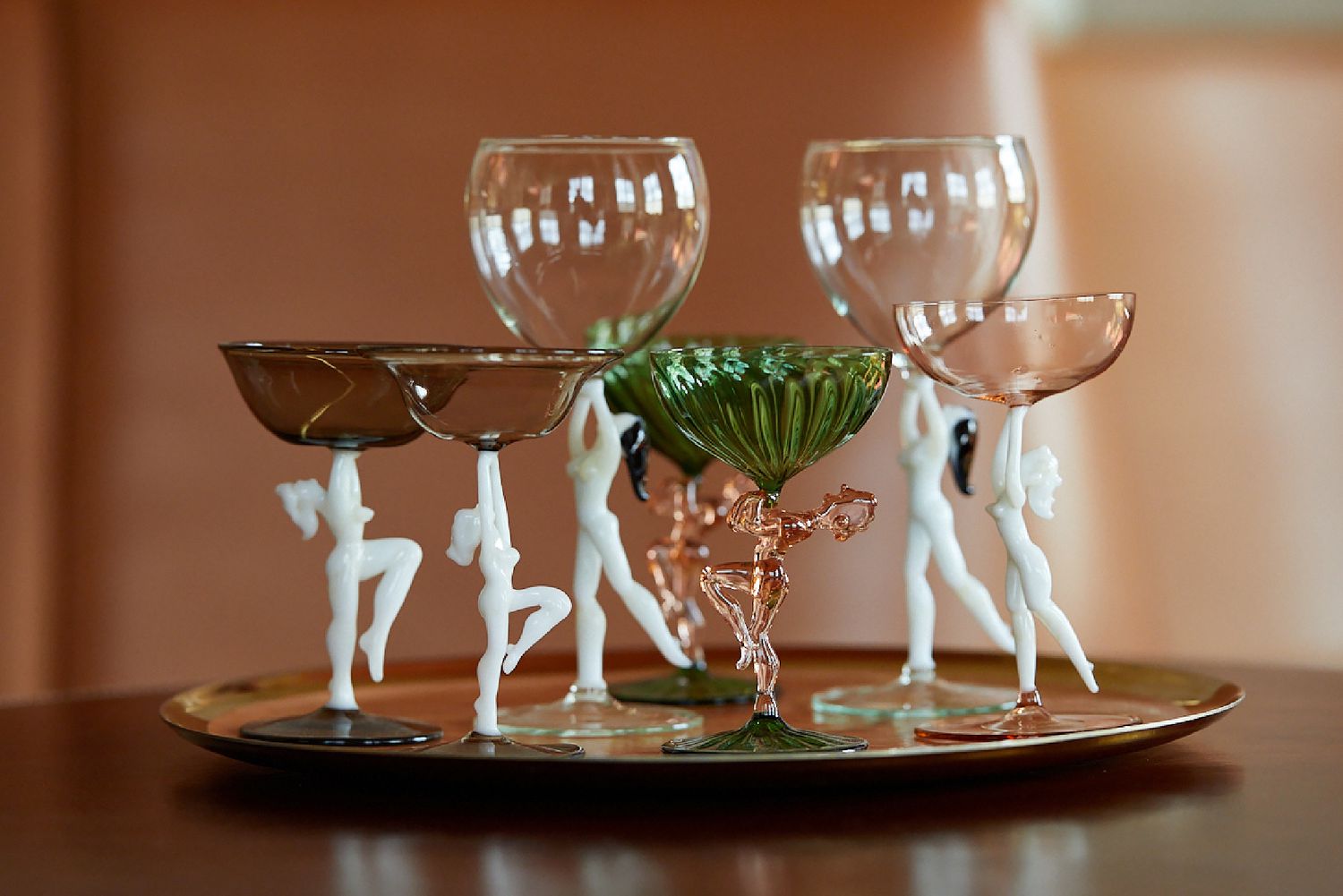
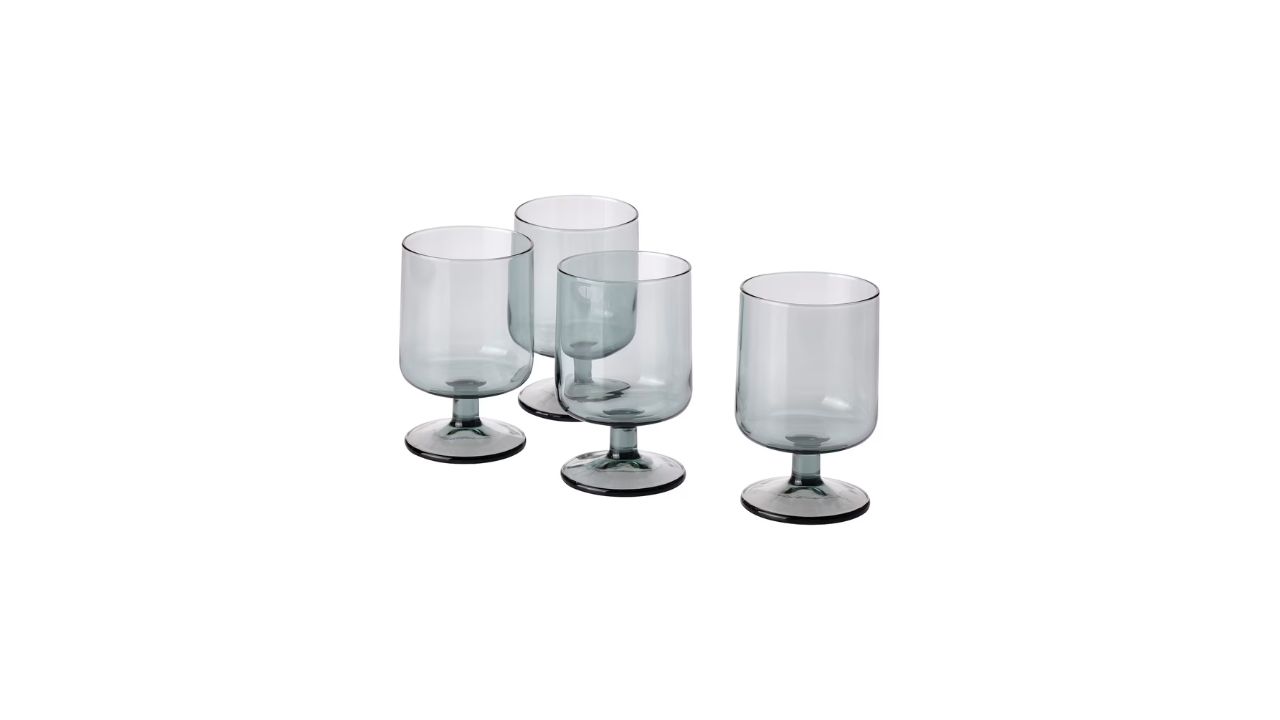
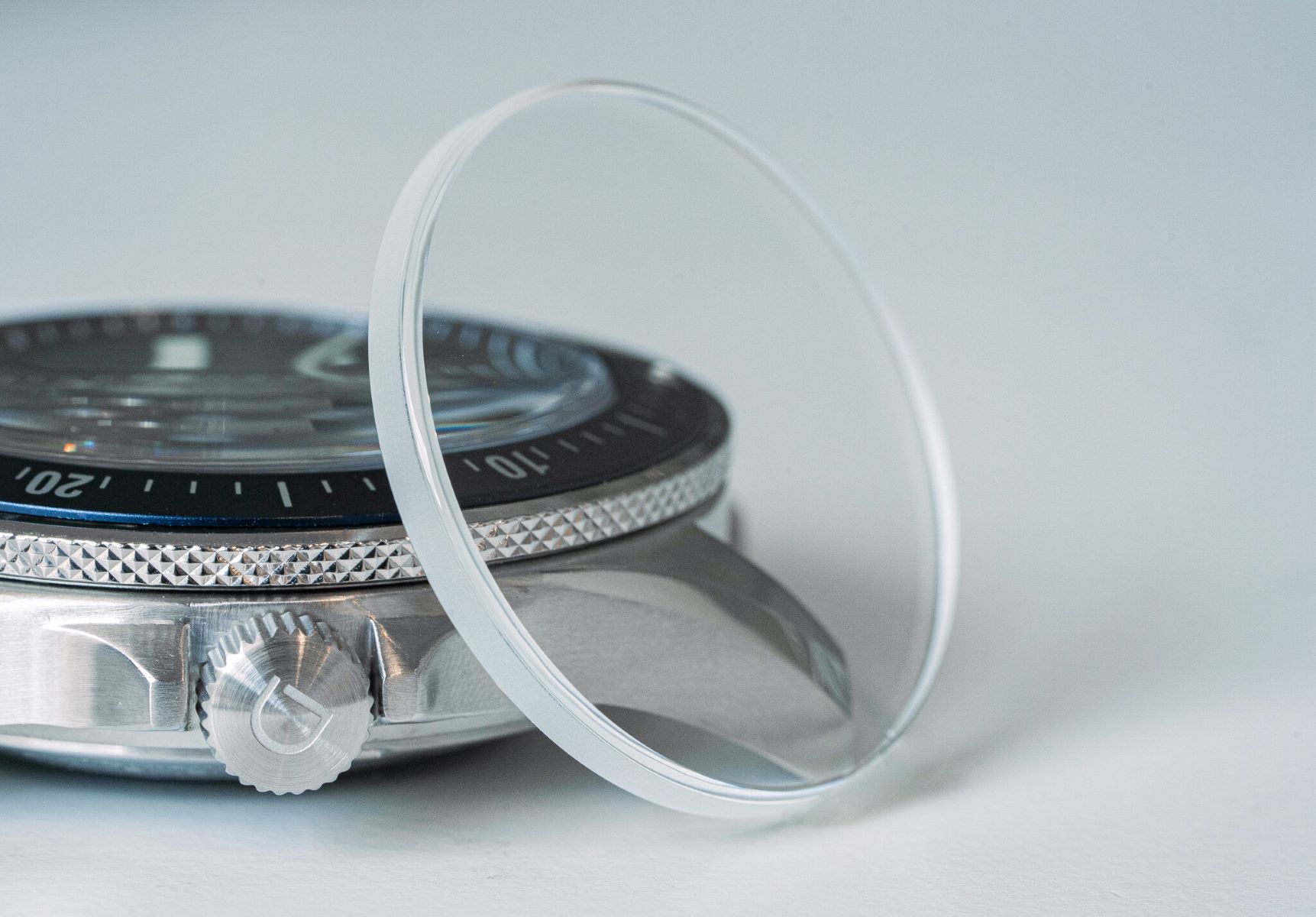
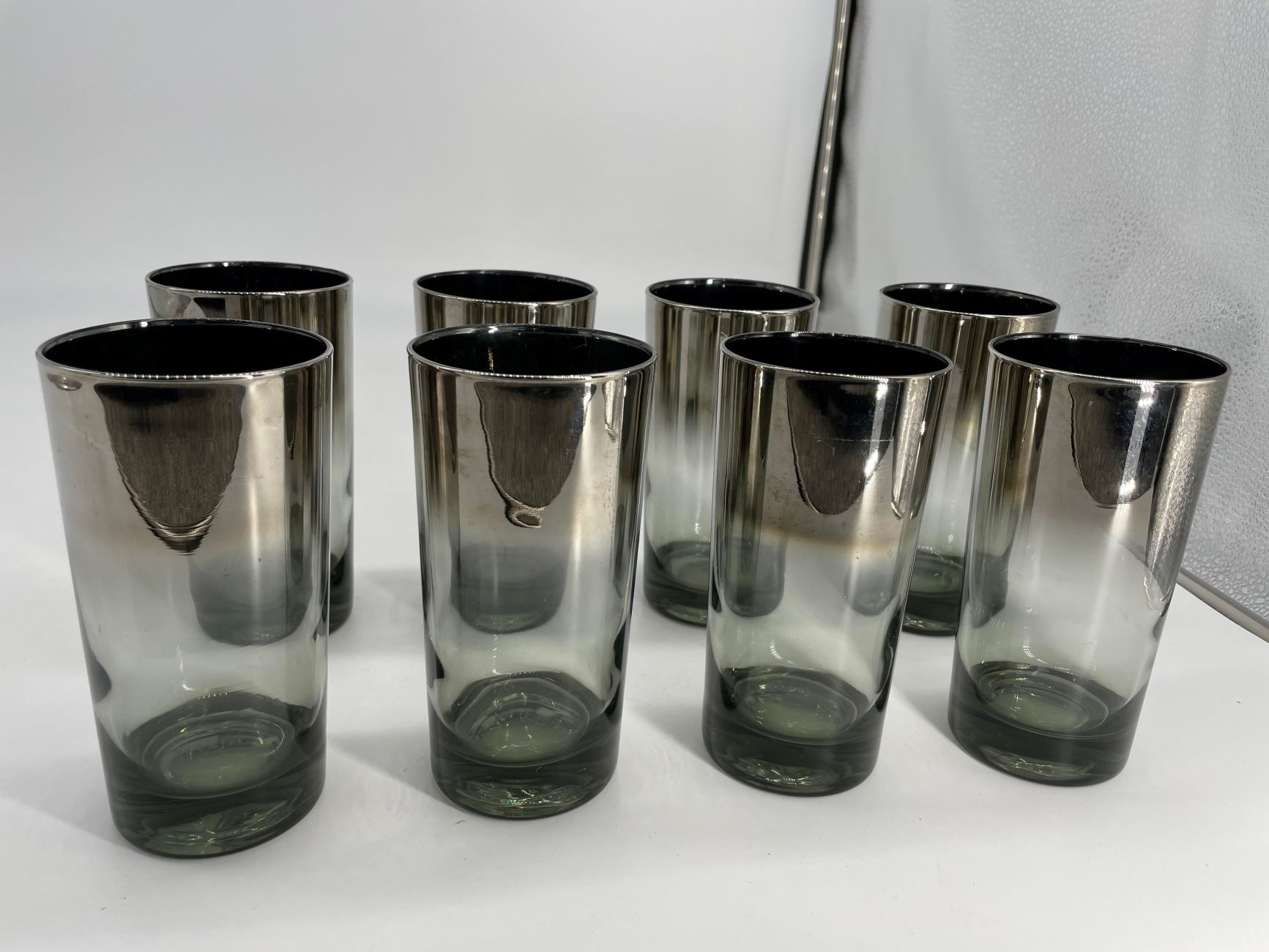
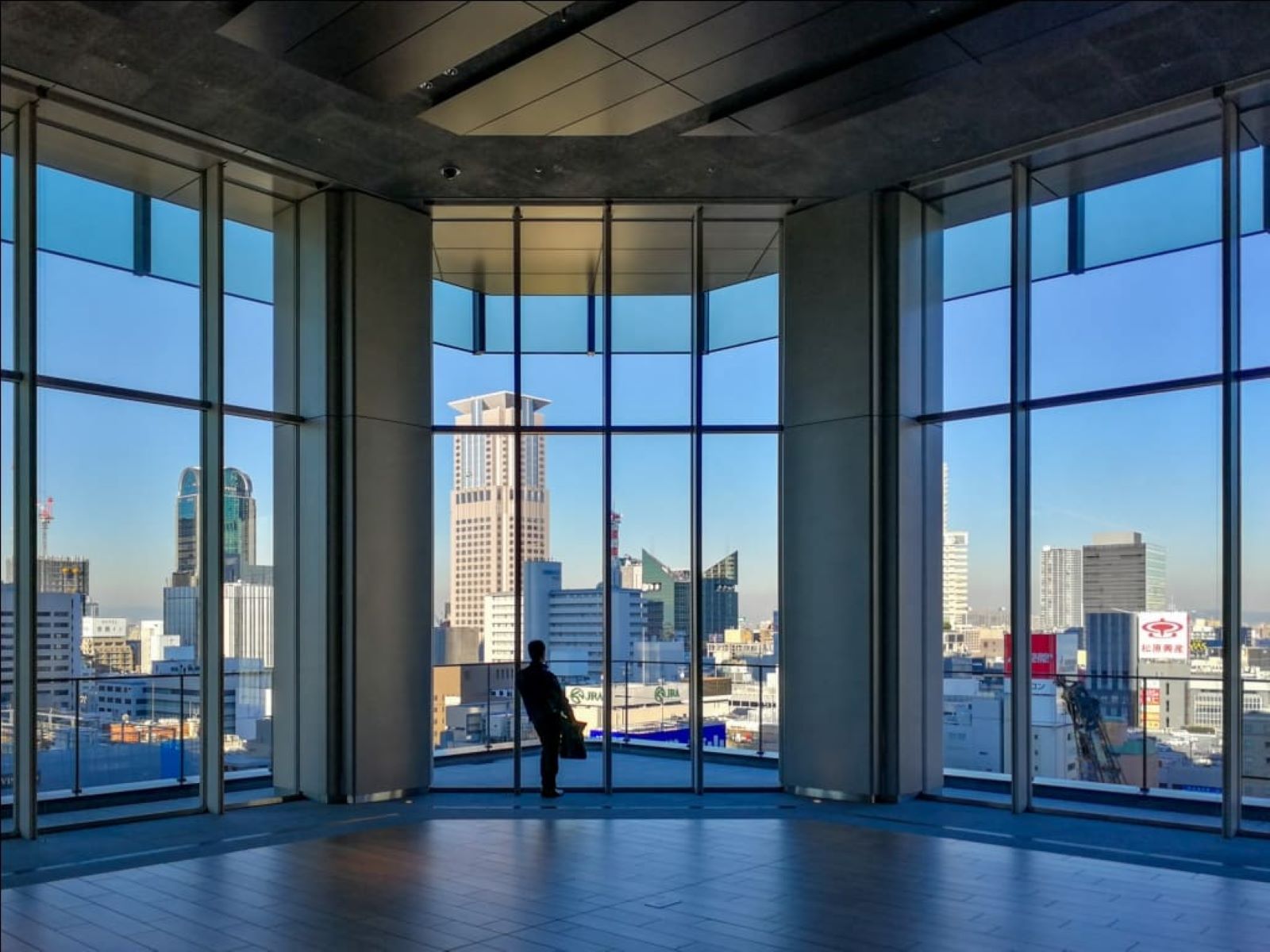
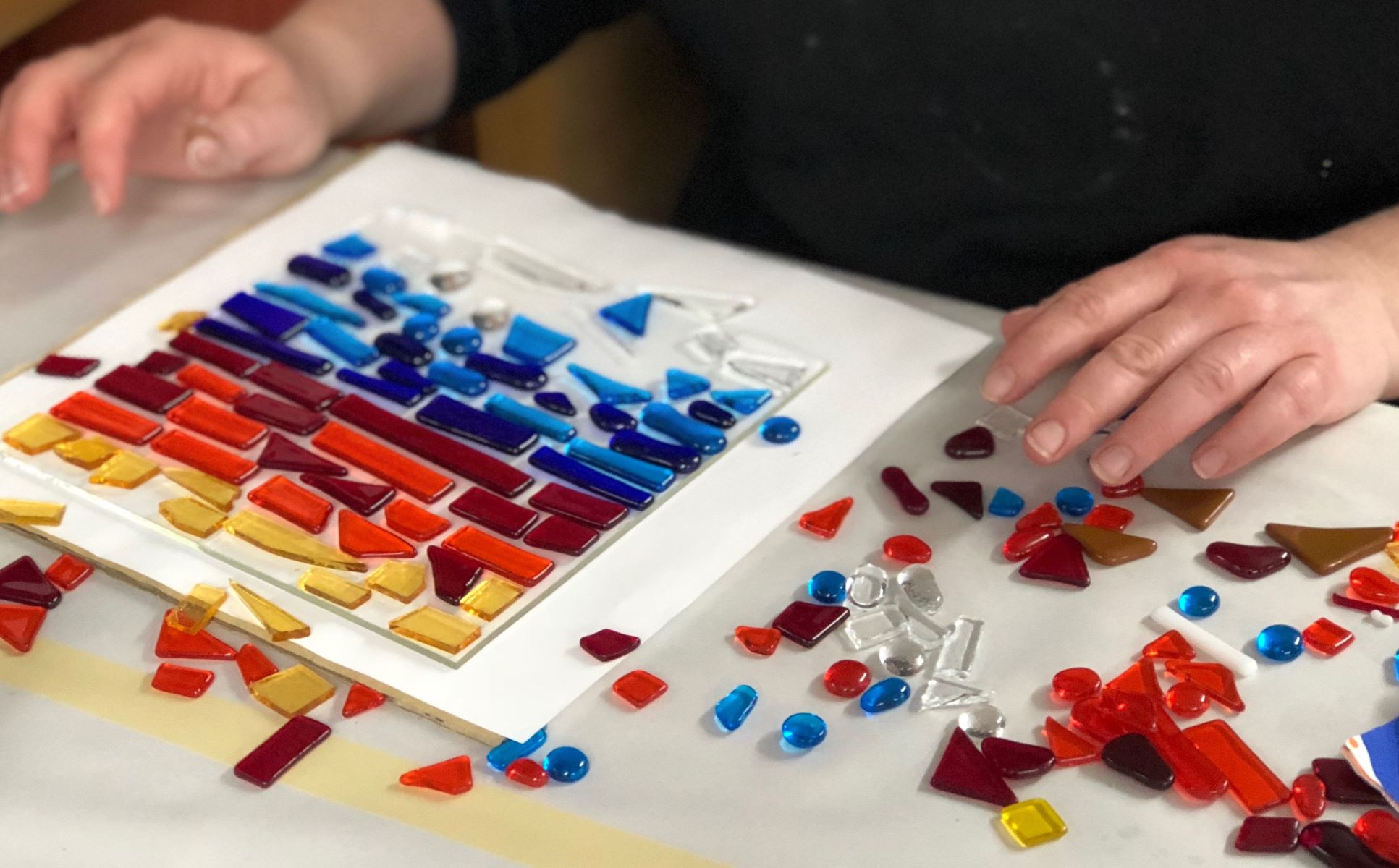

0 thoughts on “What Is Glass Blowing”